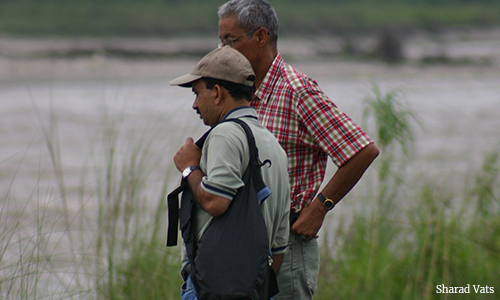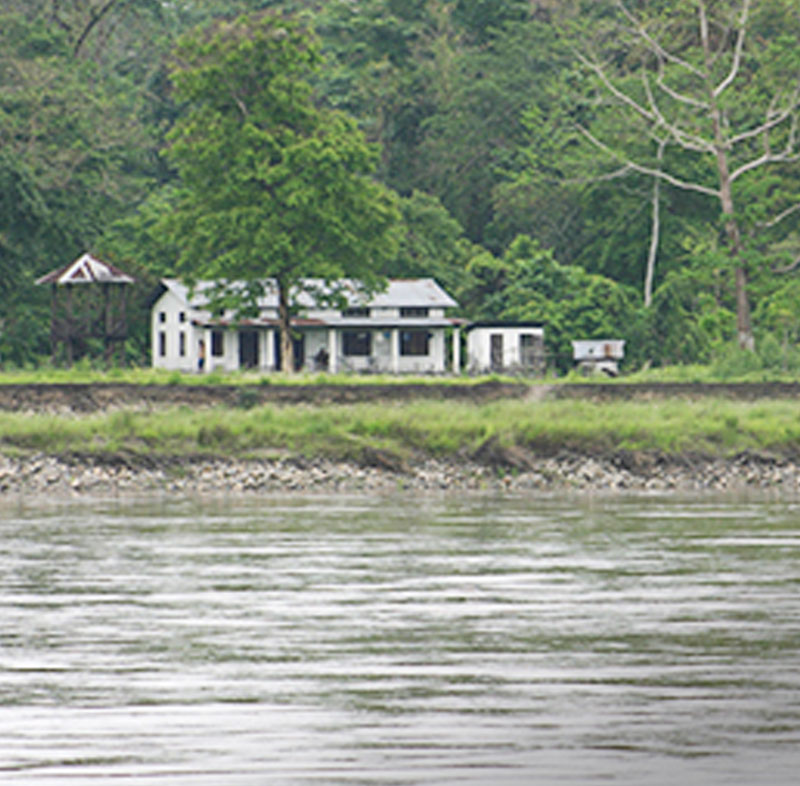In the foothills of the Himalayas, amid the tea estates of east Assam lies Nameri National Park. This little known expanse of wilderness is best known for its Asiatic Elephants. Nameri is the perfect jungle, with thick creepers, lianas, and dense banks of bamboo. A dense tract of wilderness, it has over 600 species of indigenous trees and is particularly well known for its wild orchids.
Besides the elephant, Nameri is also a habitat for tigers, wild dogs, the Gaur (Indian bison), the clouded leopard, and several other mammalian species. It is also very rich in bird life and its rivers are filled with the prized Golden Mahseer.

Nameri is in the far east of Assam, bordering with the Pakke Tiger Reserve in Arunachal Pradesh.

Topography: It’s a lush evergreen forest, with thick vegetation and a verdant canopy of creepers, climbers and lianas. It is filled with thick forest and several small waterbodies known as jheels, rivulets, streams and ponds are scattered throughout the park.
In Season: 01 November – 30 April
Nameri is a critical elephant conservation zone. This is one park that experiences considerable human-animal conflict that needs to be mitigated in order to save the species from being killed and humans from getting hurt and their settlements damaged.
Tigers, wild dogs, clouded leopards, sloth bears and the Himalayan Black Bear, are the main predators in this forest. The richness of the forest’s biodiversity and evergreen vegetation feed a large prey base of smaller herbivores, primates and rodents that the larger predators feed on.
The Gaur, the muntjac, wild boars, capped langur monkeys, the Giant Indian Squirrel, the Burmese Ferret Badger, Binturong, and Hispid Hare, are some of the herbivores found in Nameri. Several species of deer, including the Barking Deer, Sambhar, and Hog Deer, add to an abundant prey base. Nameri also has a large number of cattle roaming in the park. Rare reptiles like the Assam Roof Turtle and the Khasi Hill Terrapin, which were believed to have died out completely, have made a miraculous comeback in Nameri.
If you love birds, Nameri is a birding hotspot. Nameri is probably the last natural habitat for the critically endangered White Winged Wood Duck. Nameri is home to a large number of these ducks who live in pairs and currently only number around one hundred and fifty. Hornbills, Terns, Orioles, Flycatchers and Kingfishers are quite common. Nameri also has several varieties of raptors including Fish Eagles, and the Amur Falcon.
The nearest airport is at:
The nearest railway stations are at:

Trekking – take a trek through the buffer zone and experience the rich biodiversity of Nameri on foot.

Rafting – Enjoy a spot of river rafting as you watch the park’s incredible depth of riverine life.

Bird watching – Nameri is home to thousands of birds. Your guided safari will focus on the uniqueness of these species.

November, February, March and April are some of the best months to visit Nameri.
Nameri has a moderate climate that makes it pleasant to visit throughout the season. The winter months are extremely pleasant and hover at around 11-15 degrees centigrade (in the low 60s in Fahrenheit). The summer months are warm but not unduly hot at around 30-35 degrees centigrade (in the high 80s in Fahrenheit).
Wild Mahseer Lodge :
what we love… situated on the Balipara Tea Estate, Wild Mahseer takes you back into another era of plantation life. Delicious Assamese cuisine and a wonderful biodiversity conservation foundation make this a top pick in the area.
Eco Camp Nameri :
what we love… the tented accommodations are comfortable and rustic really giving you a feel for the wilderness.
A birding walk is a must in Nameri. Boating and angling for Mahsheer in the Jia Bhoroli river is thrilling for anglers and people who enjoy being on the water.